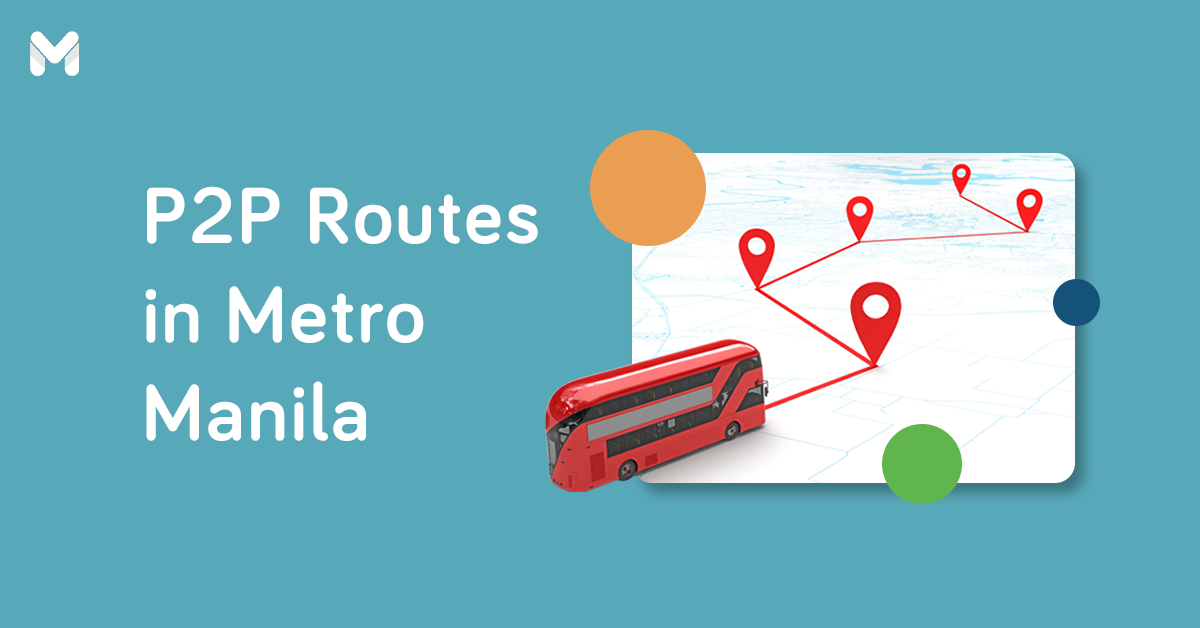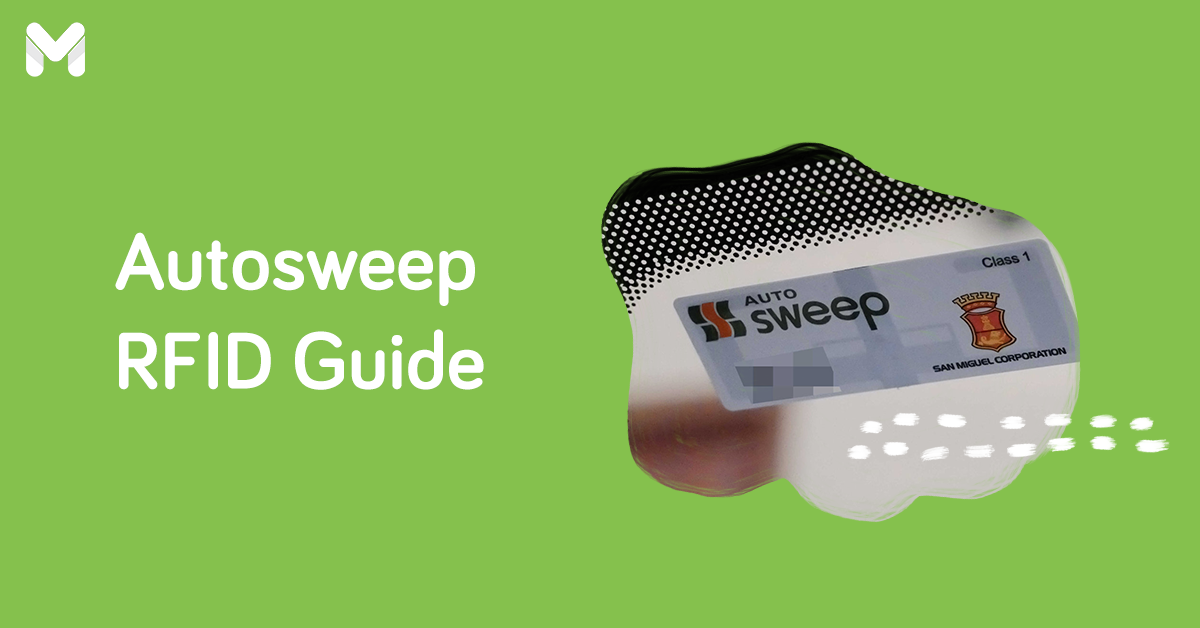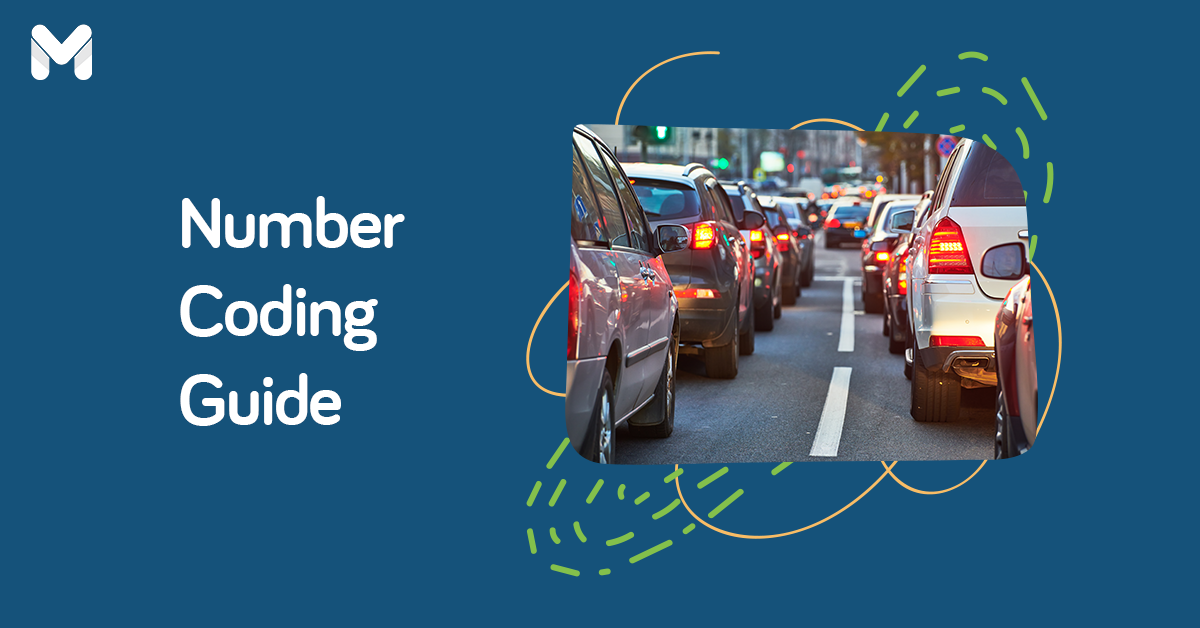More and more people turn to electric motorcycles and scooters these days. You’ve probably seen them on the streets everywhere. No surprise, given the traffic and parking problems motorists in the Philippines contend with every day.
E-bikes and e-scooters are great alternative modes of transportation. Compared to conventional motorcycles, these light electric vehicles are more economical, environment-friendly, and convenient.
If you plan to get this ride, you may be wondering if you need to secure an e-bike license in the Philippines. Read this article to learn more.
Are E-Bikes in the Philippines Legal?
The sale of e-bikes and e-scooters is allowed, as attested to by many brands in online and physical stores in the Philippines. However, such vehicles are subject to the rules and regulations of the Land Transportation Office (LTO).
Is an E-Bike License in the Philippines Required?
-Jun-23-2023-08-20-14-2056-AM.png?width=600&height=400&name=Pics%20for%20blog%20-%20600x400%20(2)-Jun-23-2023-08-20-14-2056-AM.png)
Do you need a license to drive an electric bike? LTO Administrative Order No. VDM-2024-044, released this 2024, states all electric vehicles on public highways must be registered.[1] This supersedes certain provisions of the previous order, Administrative Order No. 2021-039 in 2021.
This means you need to register the following e-vehicles if you plan to use them on public highways:
- Personal mobility scooter - Designed for short trips within your vicinity
- Electric kick scooter - Scooters that you can operate standing up, although some variants have a seat
- Category L1a e-vehicles - Units capable of a maximum speed of up to 25 km/h
- Category L1b e-vehicles - Units capable of a maximum speed of up to 26 km/h to 50 km/h)
- Category L2a e-vehicles - Units capable of a maximum speed of 25 km/h
- Category L2b e-vehicles - Units capable of a maximum speed of up to 26 km/h to 50 km/h)
- Category L3 e-vehicles - E-motorcycles
- Category L4 and L5 e-vehicles - E-tricycles / three-wheeled vehicles
- Category L6 and L7 e-vehicles - E-quads
The government’s discretion to require an e-bike license in the Philippines is justified. Last year, the Land Transportation Franchising and Regulatory Board (LTFRB) recorded 556 crash incidents of e-bikes in Metro Manila.[2] The license requirement ensures that only qualified vehicles and drivers can traverse the roads.
Meanwhile, drivers and riders of all two-wheeled e-vehicles are also required to wear a helmet, similar to those designed for motorcycle riders.
Read more: Biking in Manila? Here’s Where You Can Buy Cheap Bikes Plus Safety Tips
🚲 Are There Exceptions to the Rule?
According to the latest Administrative Order, electric vehicles for use on private roads (such as those in subdivisions) only don’t require registration with the LTO.
Is the E-Bike Allowed on EDSA?
-Jun-23-2023-08-16-41-8683-AM.png?width=600&height=400&name=Pics%20for%20blog%20-%20600x400%20(1)-Jun-23-2023-08-16-41-8683-AM.png)
While an e-bike license in the Philippines allows you to drive your e-bike on public highways, using such a vehicle on EDSA and other major roads in Metro Manila is prohibited.
Starting April 2024, the Metropolitan Manila Development Authority (MMDA) Regulation No. 24-022 forbids e-bikes, e-trikes, tricycles, pedicabs, kuligligs, and pushcarts to travel on national roads, radial roads, and circumferential roads in all cities across the National Capital Region (NCR).[3]
This new e-bike rule in the Philippines bans e-vehicle operators from using the following thoroughfares:
- Recto Avenue
- President Quirino Avenue
- Araneta Avenue
- EDSA
- Katipunan / CP Garcia
- Southeast Metro Manila Expressway
- Roxas Boulevard
- Taft Avenue
- Osmeña Highway
- Shaw Boulevard
- Ortigas Avenue
- Magsaysay Boulevard / Aurora Boulevard
- Quezon Avenue / Commonwealth Avenue
- A. Bonifacio Avenue
- Rizal Avenue
- Del Pan / Marcos Highway / McArthur Highway
- Elliptical Road
- Mindanao Avenue
- Marcos Highway
- Boni Avenue
- España Boulevard
Violators will need to pay a fine of up to ₱2,500. Plus, those apprehended without a license will have their unit impounded.
Nevertheless, President Ferdinand Marcos Jr. instructed local governments in Metro Manila to implement a grace period. Under the said period, electric vehicles won’t be ticketed, fined, or impounded. According to President Marcos, the purpose of apprehension under the grace period is to remind violators about the new regulations.
Read more:
- MMDA Violation Code and Penalty Fee List for Motorists in Metro Manila
- The Motorist’s Guide to Police Checkpoints in the Philippines
How to Register Your E-Bike with the LTO
Need to register your e-bike? Here are the steps you need to take, according to the latest e-bike rules in the Philippines:
- Collate the following requirements:
- Certificate of Stock Reported (CSR) from your dealer (Note: Certificate of Payment/Certification for components from the Bureau of Customs is required prior to the CSR application)
- Original sales invoice
- Original PNP-HPG MV clearance
- Insurance Certificate of Cover (also known as TPL)
- Proof of roadworthiness
- Head to the nearest LTO District Office or Regional Office.
- Submit the documentary requirements to an evaluator for checking and recording.
- Wait to learn the fees you’ll need to pay.
- Pay the fees at the LTO cashier. Wait for the officer to issue your Official Receipt (OR) and Certificate of Registration (CR).
Note that the LTO may refuse to register your electric vehicle if they deem it unsafe, unsightly, unfit for public highway operations, or not in compliance with minimum standards and specifications.
How to Stay Safe While Riding Your E-Bike
-Jun-23-2023-08-22-08-7411-AM.png?width=600&height=400&name=Pics%20for%20blog%20-%20600x400%20(3)-Jun-23-2023-08-22-08-7411-AM.png)
Having an e-bike license in the Philippines isn’t enough. Stay mindful not just for the safety of your passengers but also of pedestrians. Keep these tips in mind:
✅ Wear the Prescribed Helmet
As mentioned, drivers and riders of two-wheeled electric vehicles should wear a prescribed helmet similar to those designed for motorcycle drivers.
Don’t settle for the cheapest helmet. Chances are, its material is lightweight and substandard.
When buying a helmet, get one that fits comfortably. Ensure it allows for proper ventilation since driving under the Philippine weather can be excruciating.
✅ Follow Your Local E-Bike Rules
E-bikes are allowed on public highways as long as they’re registered—but your city or town may have its own rules. Follow them to stay safe and avoid penalties.
For example, if you use your e-bike only within your subdivision, you still need to follow the village’s rules and regulations. If there’s a lane dedicated to e-bikes in your town, use it.
Lastly, when on public highways, adhere to existing traffic rules, such as stopping when the traffic light goes red or letting pedestrians cross.
Read more: What are the Road Traffic Signs in the Philippines and Their Meanings?
✅ Don’t Carry Passengers if Your E-Bike Can’t Handle Them
If your e-bike isn’t designed to carry more passengers, don’t attempt to add weight. Heavy bikes are challenging to maneuver and stop.
✅ Check Your E-Bike Before Driving Off
As with regular bikes and cars, you need to make sure your e-bile safe to drive. Take note of the following:
- Check how much charge is left. That way, your e-bike won’t stop unexpectedly in the middle of the trip. To avoid problems, charge your e-bike hours before your scheduled trip.
- Check the pressure of the tires. Add air if necessary, but do not overinflate them.
- Inspect the important bike parts: the brake lever, the nuts, and vehicle’s frame.
- Make sure your e-bike’s lights work properly.
✅ Don’t Drive During Bad Weather
Roads get slippery during rainy days. Stay on the safe side by taking alternative transportation. Book a car, hail a taxi, join a carpool, or ride the jeep—you have plenty of options here!
✅ Be Extra Careful When Driving at Night
Driving at night is a different beast compared to driving in the morning. Other drivers may not notice you. In turn, you may not notice every detail of your surroundings.
Use your lights to see the road and traffic. Make yourself visible with a reflective cycling vest.
✅ Don’t Listen to Music
You might feel tempted to put your earphones on to better enjoy the pleasure of gliding down roads. However, music will keep you from hearing important sounds, such as the horns of other motorists.
Read more: Huwag Kang Pasaway: 10 Driving Tips for Kamote Drivers
Final Thoughts
From running errands to fetching your kids from school, an e-bike definitely makes life easier. But you can’t use them as you please. You have to observe rules and regulations.
Depending on the type of your e-vehicle, you’ll also need to get an e-bike license in the Philippines. Securing the required documents may feel like a hassle. But it will save you from legal troubles down the road.
Sources:
- [1] LTO Administrative Order No. VDM-2024-044
- [2] 556 E-Bike Crashes Recorded in NCR in 2023 — LTFRB (Philstar Global, 2024)
- [3] MMDA Begins Crackdown vs.E-Bikes, Tricycles on National Roads (Philippine News Agency, 2024)










